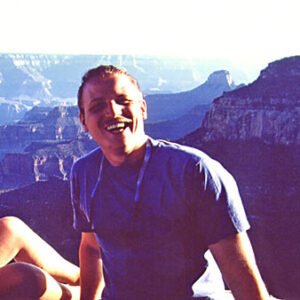You are here: Nature Science Photography – Image creation, Depth and Size – Space perception
When one object overlaps and partially obscures another, we perceive it as being closer. While this observation does not provide us with more detailed information about the distances of the two objects, we can infer their relative spatial positions. Thus, occlusion and overlap create a perception of depth that corresponds to the extent of the occluded object. How the impression of spatial depth results from object overlap is explained quite simply for objects that are familiar to us: we know what they look like completely and try to complete them on that basis. However, depth perception also results in completely unknown patterns, and the explanation for this has yet to be found. How difficult it is to construct depth without this criterion you can try out at Figure 29 (Occlusion and overlap). In the lower part of the picture, there is a clearly comprehensible occlusion and overlapping, making it easy for us to perceive the spatial arrangement of the elements. But if you cover this lower half of the picture, the impression fades because it suddenly becomes difficult to determine which objects in the free section lie in front of or behind each other.

Next Casting shadows
Main Image creation, Depth and Size
Previous Progressive covering and uncovering of surfaces
If you found this post useful and want to support the continuation of my writing without intrusive advertising, please consider supporting. Your assistance goes towards helping make the content on this website even better. If you’d like to make a one-time ‘tip’ and buy me a coffee, I have a Ko-Fi page. Your support means a lot. Thank you!


 Since I started my first website in the year 2000, I’ve written and published ten books in the German language about photographing the amazing natural wonders of the American West, the details of our visual perception and its photography-related counterparts, and tried to shed some light on the immaterial concepts of quantum and chaos. Now all this material becomes freely accessible on this dedicated English website. I hope many of you find answers and inspiration there. My books are on
Since I started my first website in the year 2000, I’ve written and published ten books in the German language about photographing the amazing natural wonders of the American West, the details of our visual perception and its photography-related counterparts, and tried to shed some light on the immaterial concepts of quantum and chaos. Now all this material becomes freely accessible on this dedicated English website. I hope many of you find answers and inspiration there. My books are on